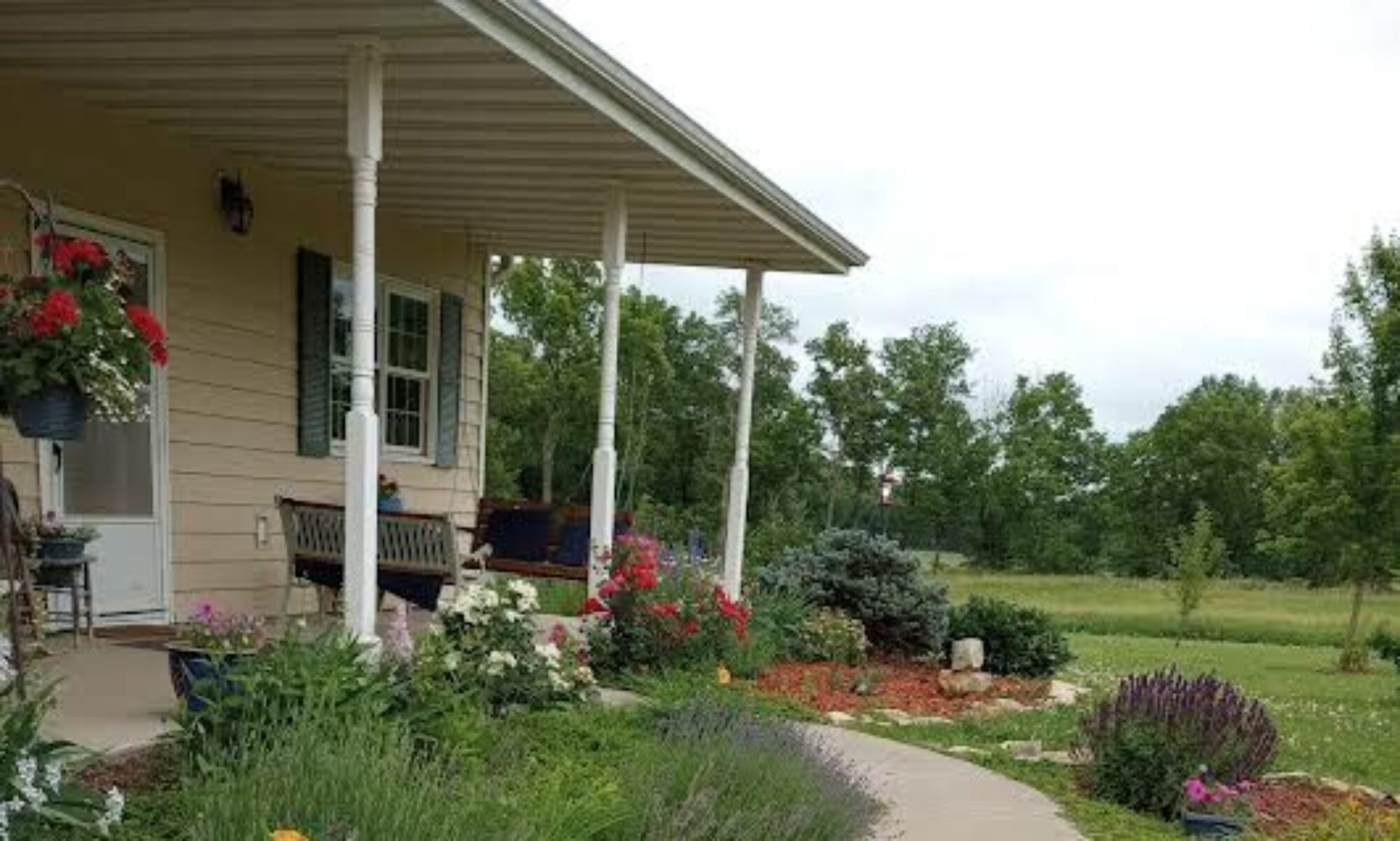 A particular hymn we occasionally sing in church never fails to stir my heart with memories of gratefulness, joy, and amazement.
A particular hymn we occasionally sing in church never fails to stir my heart with memories of gratefulness, joy, and amazement.
At Philadelphia College of Bible we sang “Great is Thy Faithfulness”at every chapel meeting. I remember hurrying from my room, down five flights of stairs to the old chapel. Yes, my bed was made, everything picked up and neat. This was the time the dorm mom would visit every room for a room- check. Your bed better be made, and you had best be out of the room and down in chapel, or you would receive that dreaded pink slip.
This had been a challenging year for me. I was homesick. My world was once again seemed to be falling apart. So many things were weighing on my heart. We did not really have the money for me to be here; While we had lived near Philadelphia, our family had re-located to New York the year before, so home was far away; and, my mother and father had separated after a huge fight. Now Daddy was living in Florida. My heart ached most of the time.
As the student body rose to begin the service, I watched Sherwood, my handsome older brother and president of the Student Body lead us in our traditional song: Great is thy faithfulness, O God, my Father. / There is no shadow of turning with thee. / All I have needed Thy hand hath provided/ Great is thy faithfulness, Lord, unto me.
I think that I sang it as a prayer that entire year. Please, Lord, don’t turn away; I will trust you to provide whatever I truly need. I had no idea what the future would hold, it seemed so far away and a little mysterious. Oh, there definitely was joy during that one year at PCB. I made great friends, I sang in the PCB trio, I was secretary of my class. But in my prayer closet (literally the ironing closet on the fifth floor) I would pour out my heart to God.
Fifty-one years ago, when I contemplated marrying the man who had pursued me with his heart, I drew back. Could it, would it be from God? I needed to be reassured that I was putting my faith, not in Judd, but in the faithfulness of God. The verse that I held as confirmation was James 1:17, a verse I had memorized back in my teens: “Every good gift and every perfect good, cometh down from the Father of lights, with whom there is no variableness neither shadow of turning.” There is no shadow of turning with Thee.
 As Judd and I walked down the aisle that special evening, we were stepping into a future that was beyond my imagination. I was stepping out of painful memories into a life of stability, faithfulness, and blessing.
As Judd and I walked down the aisle that special evening, we were stepping into a future that was beyond my imagination. I was stepping out of painful memories into a life of stability, faithfulness, and blessing.
After fifty years of marriage, I again sing that song as a prayer! I sing. with immense thankfulness and joy. I have the long view of time, now. I can trace His path of faithfulness, through the valleys of sadness and pain and over the mountains of blessings. Always, His hand provided “all I/we have needed.”
Yes! and Yes!















